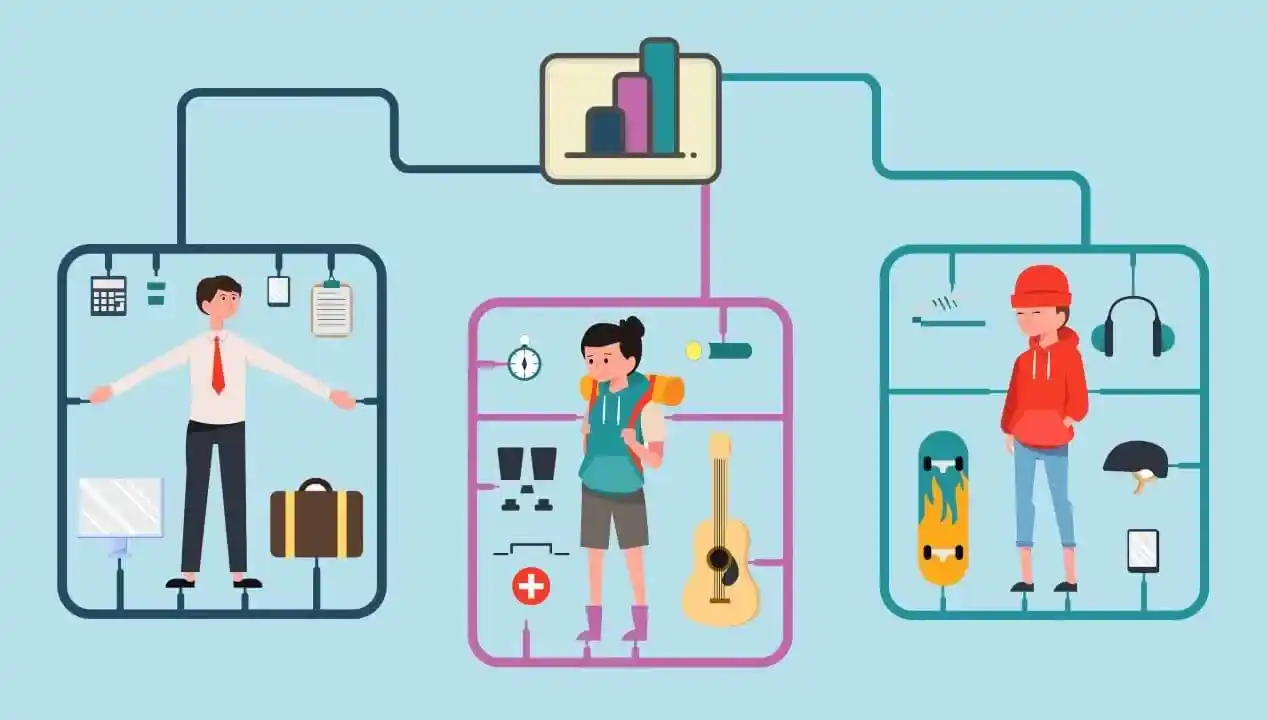Table of Contents
In today’s competitive retail landscape, standing out requires more than just offering great products. Retailers must focus on creating unique, tailored experiences that cater to individual customer needs and preferences.
This is where retail personalization comes into play—a strategy that leverages data, technology, and customer insights to offer personalized recommendations, services, and interactions at every touchpoint.
What is Retail Personalization?
Retail personalization refers to the practice of customizing the shopping experience based on individual consumer behaviors, preferences, and interests.
By collecting and analyzing data from various channels such as websites, apps, in-store visits, and social media, retailers can provide each customer with a unique, relevant experience. This might include personalized product recommendations, targeted marketing campaigns, or tailored promotions based on previous purchase history or browsing behavior. As video marketing continues to rise in popularity for its personalized impact, YouTube management companies are helping brands make stronger connections with their audiences.
The Importance of Retail Personalization

Retail personalization has emerged as a key driver of success in the industry. Consumers today expect more than generic messages or a one-size-fits-all shopping experience. They want to feel understood by the brands they engage with, which translates into better engagement and loyalty when their preferences are acknowledged. Personalization in retail can significantly impact:
- Customer Satisfaction: Shoppers are more likely to return to a store where they feel valued. By offering a personalized shopping experience, retailers can build stronger customer relationships, increasing satisfaction and loyalty.
- Increased Conversions: When customers are presented with relevant products and offers that resonate with their specific needs, they are more likely to make a purchase. Personalization helps reduce decision fatigue, making it easier for shoppers to find what they want.
- Higher Revenue: By increasing engagement and conversions, retailers can see a significant boost in revenue. A study by Boston Consulting Group (BCG) shows that retailers that implement personalization strategies can see a sales increase of 6-10%—two to three times faster than other retailers. A robust sales engagement platform can further amplify these results by delivering tailored customer interactions at scale. Moreover, leveraging effective sales engagement software can further streamline customer interactions and convert increased engagement into robust revenue growth.
- Competitive Advantage: In a crowded market, providing personalized experiences distinguishes retailers. Investing in personalization increases the likelihood of attracting and retaining customers, giving businesses a competitive advantage over those that do not.
Key Elements of Retail Personalization
Several factors contribute to an effective retail personalization strategy. Retailers must combine data collection, advanced technology, and customer insights to deliver personalized experiences at scale. Below are some key elements:
- Customer Data Collection: Collecting accurate and detailed customer data is at the heart of any personalization strategy. Retailers gather data from various touchpoints, including website visits, social media interactions, email campaigns, and in-store transactions. This data is then used to create customer profiles, which form the foundation for personalized experiences.
- Segmentation: Retailers often begin by segmenting their customer base. This can be done by grouping customers based on demographics, purchase history, behavioral patterns, or engagement levels. Segmentation allows for more tailored messaging, helping retailers target the right customers with the right products or services.
- Product Recommendations: One of the most common examples of retail personalization is personalized product recommendations. By analyzing customers’ past purchases and browsing habits, retailers can recommend items that align with their preferences. This can happen on websites, through email campaigns, or in-app notifications.
- Personalized Content: Beyond product recommendations, content personalization plays a critical role. Retailers can send customized emails, display tailored ads, or present unique landing pages depending on a customer’s shopping habits and preferences. Content that resonates with the customer can foster deeper engagement.
- Location-based Personalization: Geolocation data allows retailers to provide personalized offers and experiences based on a customer’s physical location. For example, push notifications might be triggered when a customer is near a store, offering them a special promotion or deal to encourage an in-store visit.
- Omnichannel Personalization: Today’s shoppers interact with retailers across various platforms, from websites and mobile apps to social media and physical stores. Omnichannel personalization ensures that the customer experience remains consistent and tailored, regardless of the channel. This might involve syncing online and offline shopping data to recommend relevant products or send personalized promotions.
AI and Machine Learning in Retail Personalization

Technology plays a crucial role in retail personalization, particularly through the use of artificial intelligence (AI) and machine learning. These technologies help retailers process large amounts of customer data and extract valuable insights to predict customer behavior and preferences. AI algorithms can analyze patterns in browsing and purchase history to make real-time recommendations, optimize marketing campaigns, and deliver highly personalized content at scale.
Machine learning models continue to evolve with each customer interaction, becoming more accurate and effective over time. This allows retailers to refine their personalization efforts, ensuring that the right products, offers, and content are presented to the right customers at the right time.
Challenges in Implementing Retail Personalization
While retail personalization offers numerous benefits, there are also challenges to consider. One of the main concerns is data privacy. Customers are becoming increasingly aware of how their data is collected and used, leading to concerns about security and privacy. Retailers must ensure compliance with data protection regulations like GDPR and CCPA, and provide transparency about data usage. Using a VPN Google extension can enhance data privacy when implementing retail personalization strategies.
Another challenge is integration. Retailers need to integrate personalization efforts across all channels to create a seamless experience. Without a unified approach, personalization can feel disjointed and less effective.
The Future of Retail Personalization
As technology continues to evolve, so too will retail personalization. The future of retail lies in hyper-personalization, where real-time data and AI enable retailers to deliver even more precise and dynamic experiences. Virtual and augmented reality may also play a role in personalizing the shopping journey, allowing customers to try products virtually before purchasing.
In summary, retail personalization is an essential strategy for retailers looking to enhance customer satisfaction, increase conversions, and drive sales. By leveraging data, AI, and machine learning, retailers can provide tailored experiences that resonate with their customers, offering a competitive edge in the evolving retail market.